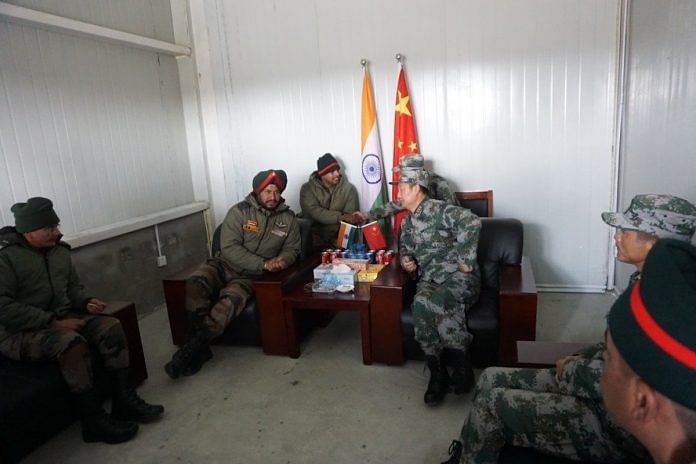The creation of a India-China hotline was agreed to during the Prime Minister’s first visit to China in 2015
China wants at least 48 hours notice to activate any hotline at the Director General of Military Operations level, leading to a deadlock in efforts to establish a direct communication channel between the central military headquarters in New Delhi and Beijing.
While Prime Minister Narendra Modi and Chinese President Xi Jinping agreed at Xiamen Tuesday to strengthen their military contacts to prevent a Doklam-like stand-off in the future, sources told ThePrint that the two countries have struggled to implement the last big proposal for such contact.
The DGMO hotline was agreed two years ago during Modi’s first visit as PM to China, precisely to address concerns arising from the stand-off near Chushul just ahead of Xi’s 2014 visit to India.
The creation of a hotline was part of the 2015 joint communique between Modi and his Chinese counterpart Li Keqiang. This was followed up by a formal agreement a year later during then defence minister Manohar Parrikar’s visit to China.
Then, matters began to hit a wall. First, Beijing said it was finding it difficult to identify a counterpart to the DGMO in their system. This took time but was eventually resolved.
Barely after that was sorted out, differences started to surface about who would operate and service the line. Both sides wanted their own secure channel. So it was eventually agreed that two lines will be set up, one by both sides.
But the whole project spiralled out of control when China said that it needed 48-hour advance warning before the DGMO could make the phone call. Beijing also specified that this notice should be sent through the Chinese embassy in India.
The Indian side felt that this condition defeated the purpose of a hotline, which is essentially designed for instant communication to deal with any crisis situation. India currently operates a hotline with Pakistan.
Also, sources added, any such crisis would have to be serious enough because it would have been assumed that it could not be dealt with by local commanders.
This deadlock has remained unresolved for over six months. Just as India was looking at ways to resume discussions, the stand-off at Doklam overshadowed this confidence building measure which was an outcome of the last major stand-off on the Line of Actual Control.






